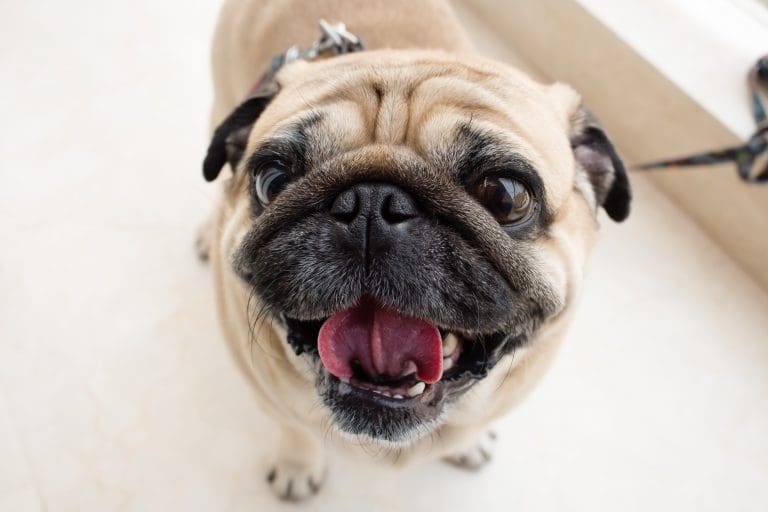Why Is My Dog Foaming At The Mouth?
Post Date:
December 10, 2024
(Date Last Modified: December 10, 2024)
Seeing your dog foam at the mouth can be alarming. As a responsible dog owner, it’s natural to feel concerned when your furry friend displays unusual behavior. Foaming at the mouth often raises immediate questions about your pet’s health. Knowing the reasons behind this can help you manage the situation effectively and ensure your dog’s well-being.
Common Causes of Foaming
Foaming at the mouth in dogs can arise from several factors, some of which may require immediate attention. Remaining calm and assessing the situation is crucial. In many instances, foaming is a response to excitement, anxiety, or specific medical conditions.
**Excessive Saliva Production** One common reason for foaming is excessive saliva production. Dogs may produce more saliva than usual when excited, nervous, or overheated. If your dog has just been playing, frothy saliva around their mouth is typically harmless. However, if your dog seems agitated or distressed, it may indicate anxiety or stress, which could lead to panting and foaming.
**Oral Irritation or Injury** Oral irritation or injury can also cause foaming. Dogs are naturally curious and often explore their environment with their mouths. If they chew on something sharp or toxic, it can trigger excessive salivation and foaming. Checking your dog’s mouth for any signs of injury or foreign objects is essential. If you notice anything unusual, seek veterinary assistance promptly.
Serious Medical Concerns
In some cases, foaming at the mouth signals a more serious medical condition. **Rabies** Rabies can cause excessive salivation and foaming, though it is relatively rare in vaccinated pets. This fatal disease affects both animals and humans. If your dog exhibits other symptoms such as lethargy, aggression, or difficulty swallowing, seek veterinary help immediately.
**Poisoning** Various substances, including certain plants, chemicals, and human foods like chocolate, can be toxic to dogs. If you suspect your dog has ingested something harmful, contact your veterinarian or an emergency animal poison control hotline right away. Prompt action is vital in these situations.
**Seizures** Seizures can also cause foaming at the mouth. During a seizure, dogs may lose control of their bodies, displaying symptoms like twitching, convulsions, and excessive salivation. If your dog experiences a seizure, keeping them safe from harm is essential. Contact your veterinarian afterward for further evaluation and treatment options.
Behavioral Considerations
Foaming may also occur during bouts of vomiting. Dogs can foam at the mouth when nauseous or about to vomit. Monitoring your dog’s overall behavior and health is important. If your dog appears distressed, lethargic, or has vomited multiple times, consult your veterinarian.
Certain breeds are more prone to foaming at the mouth due to their physical characteristics. Brachycephalic breeds like bulldogs, pugs, and boxers often face breathing difficulties, leading to excessive drooling and foaming. If you own a breed known for such challenges, be vigilant about their health and any behavioral changes.
Observing Overall Health
Regardless of the cause, if your dog is foaming at the mouth and you are uncertain of the reason, erring on the side of caution is wise. A visit to the veterinarian can help determine the underlying cause and provide appropriate treatment. Your vet can perform a thorough examination and recommend tests if necessary.
Observing your dog’s overall behavior is equally important. Look for additional symptoms such as changes in appetite, energy levels, or bathroom habits. These signs can provide valuable information to your veterinarian for a more accurate diagnosis.
Preventive Measures
Preventive care is better than treatment. Keep your dog’s environment safe by removing any potentially toxic substances. Familiarize yourself with common household items that can harm dogs and ensure your pet is not exposed to them. Regular vet check-ups can help maintain your dog’s health and catch potential issues early.
If your dog is prone to anxiety or stress, consider working with a professional trainer or behaviorist to address these concerns. Various strategies can help your dog feel more secure and reduce anxiety-related behaviors.
Managing Travel Anxiety
Some dogs may foam at the mouth during car rides or trips to the vet due to motion sickness or anxiety. If you notice this behavior, explore options like calming supplements or anxiety wraps designed to alleviate stress.
Understanding the reasons behind your dog foaming at the mouth allows for appropriate responses and care. Remaining calm and assessing the situation before deciding on a course of action is essential. Whether it’s a harmless case of excitement or a sign of something more serious, being informed and proactive is key to your dog’s health and happiness.
As a dog owner, being attentive to your pet’s behavior and recognizing signs of potential problems is vital. Your awareness can contribute significantly to their well-being. If you ever find yourself questioning, “Why is my dog foaming at the mouth?” remember to consult your veterinarian for the best course of action.






